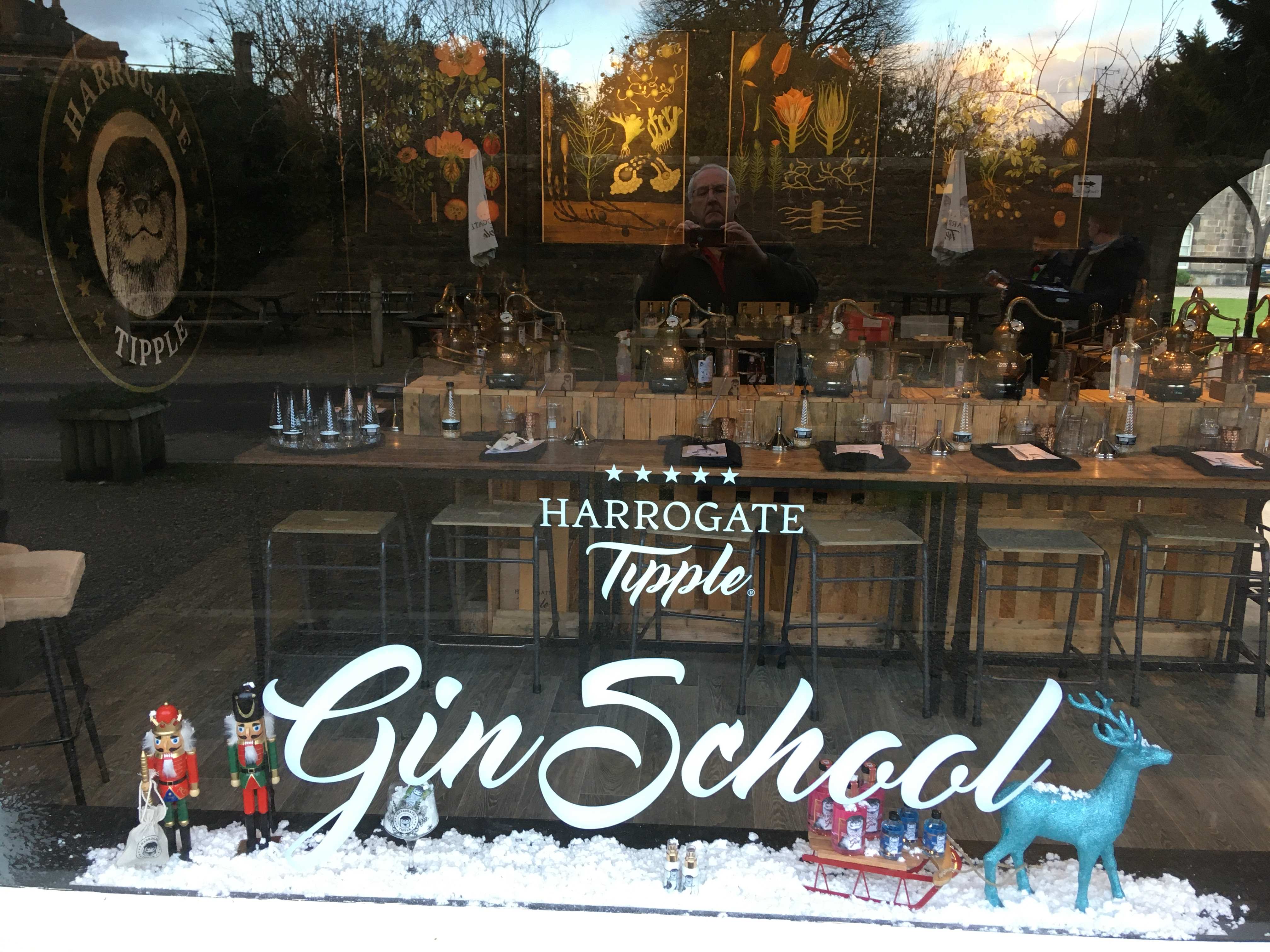Originally produced in Holland as a malt spirit with lots of Juniper berries, this spirit was known as Genever in the late 1600s. This was shortened to Gin in the early 1700s when William III introduced corn laws and tax breaks for spirit production. This stopped the Cognac of France dominating the market and led to the vast production of gin – it was cheaper than beer.
This was “the Gin craze” until licences were introduced to slow down production and make gin more expensive by 1751. A new excise act was passed in 1823, which stated that a licence to make gin could only be granted if they could build a still that produced 1,800 litres. Hence, only the very big players in the gin market such as Gordons Gin could survive.
Fast forward to 2008, three gentlemen, Sam Galsworthy, Fairfax Hall and Jared Brown got together (at a negroni party naturally!) to make the best London dry gin in the world.
They challenged the 1823 act in the High Court claiming that it was a restraint of trade. By the end of 2008 they had won. This meant that now gin could be made by artisan craftsmen in small batches, with duty being paid on each bottle they produce. So now, we have gin production all over the UK.
Here in Yorkshire, we have lots of different types of distilleries. From one of the largest in the country with completely brand-new copper stills, producing gin and vodka from apples at Ellers Farm Distillery, to the famous Black Sheep Brewery in Masham, where like the beer production, older stills and other components are used to make gin and vodka. And, of course, everyone does a tour!
Gin was also taken on board Royal Navy ships alongside the rum. Gin helped against malaria in the hot countries when combined with Quinine. So, to counteract the harsh taste of this mixture, Schweppes introduced “Indian Tonic Water”. Limes were also added to fight scurvy, hence British Sailors were called “Limeys”.
Why not sample one of the many gins made in Yorkshire on your next visit? The York Gin Company has complied a map showing all the location of gin distillers in the county – see it here: https://yorkgin.com/news/yorkshire-gin-map-distilleries-and-brands/
Article contributed by Yorkshire Blue Badge Guide, Steve Sutcliffe
https://yorkshiresbestguides.co.uk/project/steve-sutcliffe/


